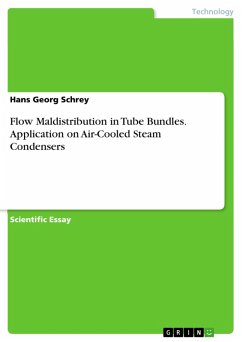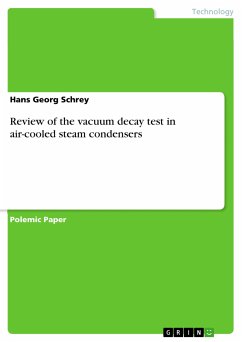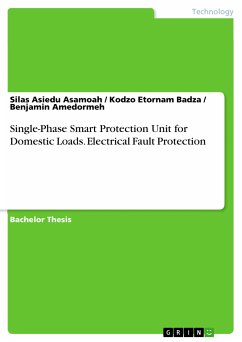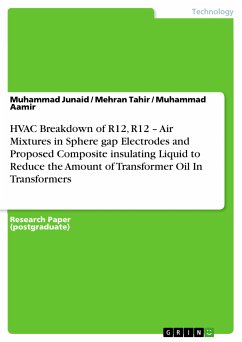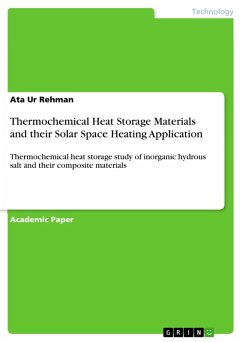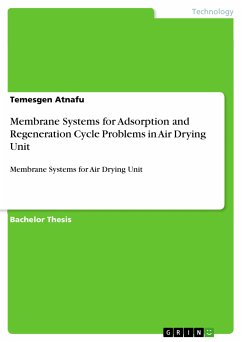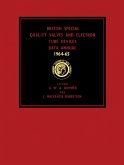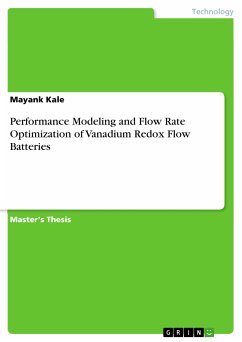Scientific Essay from the year 2018 in the subject Engineering - Power Engineering, , language: English, abstract: Tube bundles are standard equipment in heat exchanger design. Typically, when passing the bundle the process flow is subject to several flow re-directions which in consequence, lead to an uneven process side flow profile in parallel tubes. This may be harmless if speed differences are on a low scale. If, however a certain level of maldistribution is exceeded the operator may be confronted with severe consequences. Orifice design to ensure even flow rates in pre-heater applications are well-known in boiler design. Specific equations to assess maldistribution and to design orifices in different flow arrangements have been developed for that purpose. Less attention so far, has been paid to the field of air-cooled steam condensers ("ACCs") although, occasionally some plants encounter problems of steam side maldistribution. This is visible by excessive sub-cooling of border areas ("cold spot" formation) at some condenser bundles caused by premature termination of steam condensation. As a result, the plant performance is badly affected. Moreover, in cold climates these cold spots are a potential risk of frost formation which must be definitely prevented. Well-known calculation procedures of maldistribution will be summarized in PART ONE of this report by creating a unified theory applicable to all types of flow arrangement (single-phase) based on matrix algebra. It is shown how this method can be successfully applied to geometry variations. In PART TWO, the procedure is extended to flow maldistribution of condensing steam in a typical ACC street (two-phase). The basics physics are diligently explained. The procedure enables proper design of ducting geometry. Conclusions for safe everyday operation - especially at variation of ambient conditions - are drawn.
Dieser Download kann aus rechtlichen Gründen nur mit Rechnungsadresse in A, B, BG, CY, CZ, D, DK, EW, E, FIN, F, GR, HR, H, IRL, I, LT, L, LR, M, NL, PL, P, R, S, SLO, SK ausgeliefert werden.

